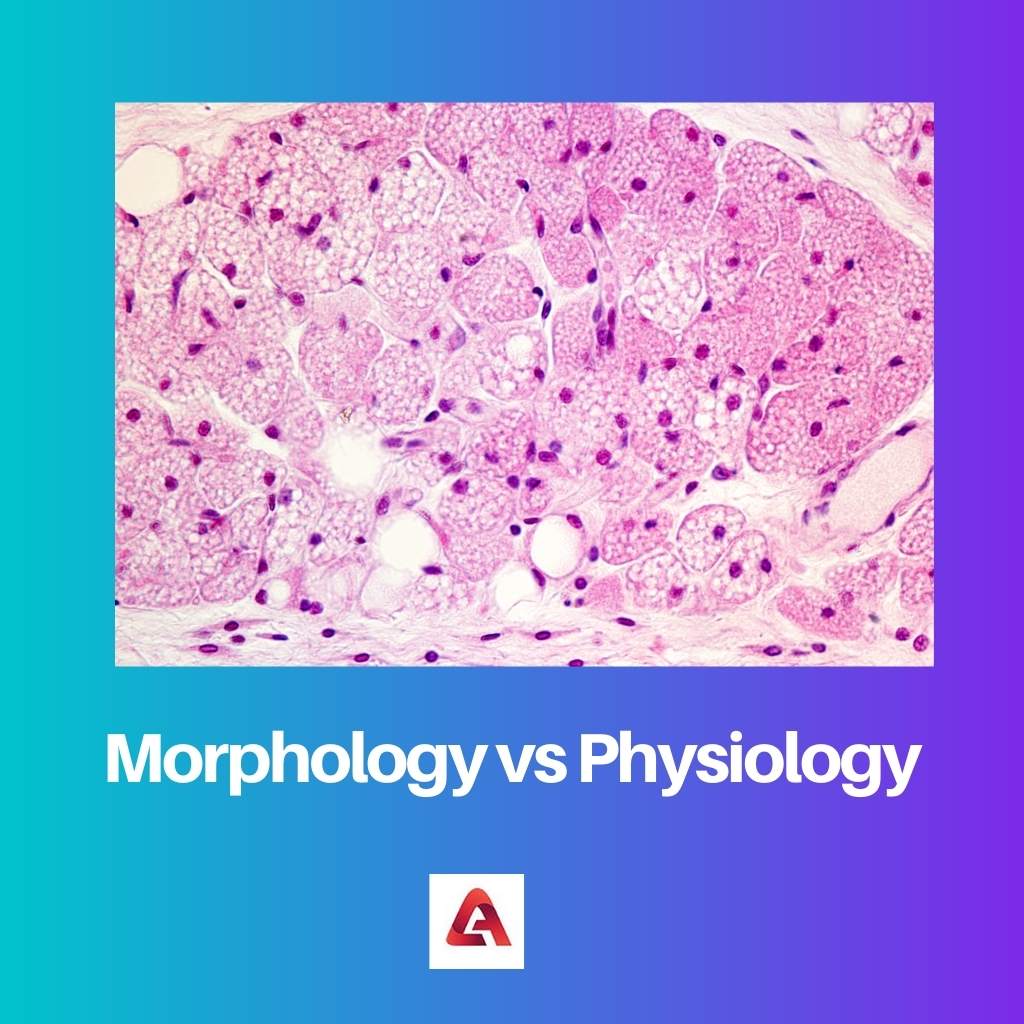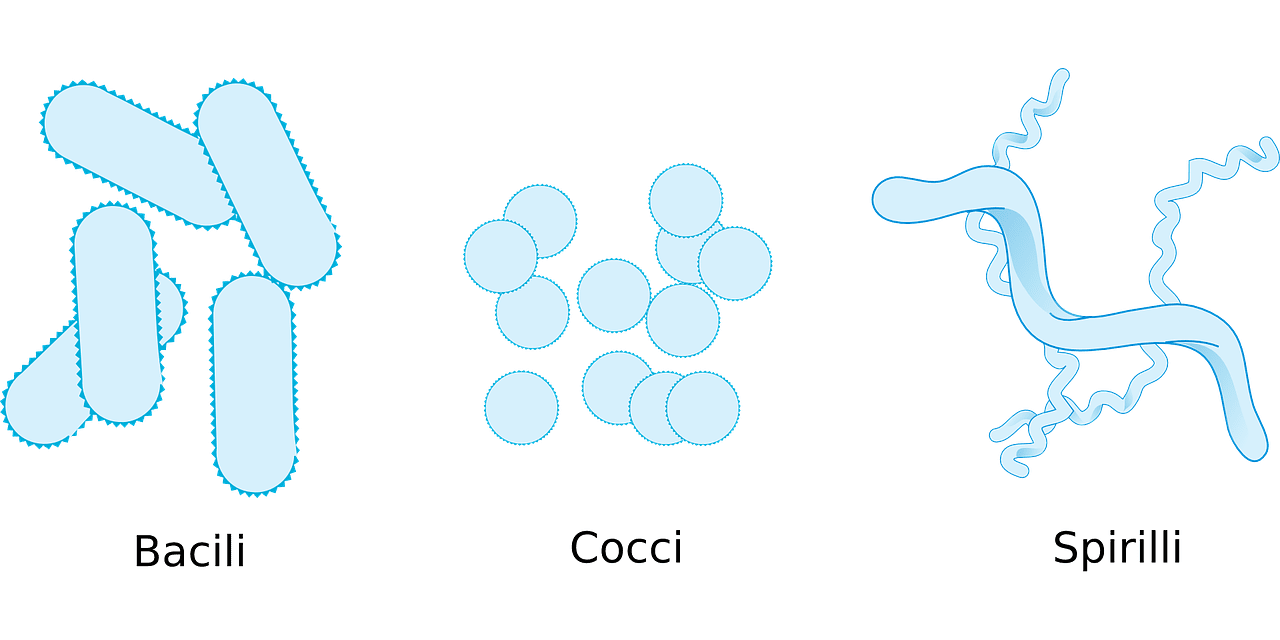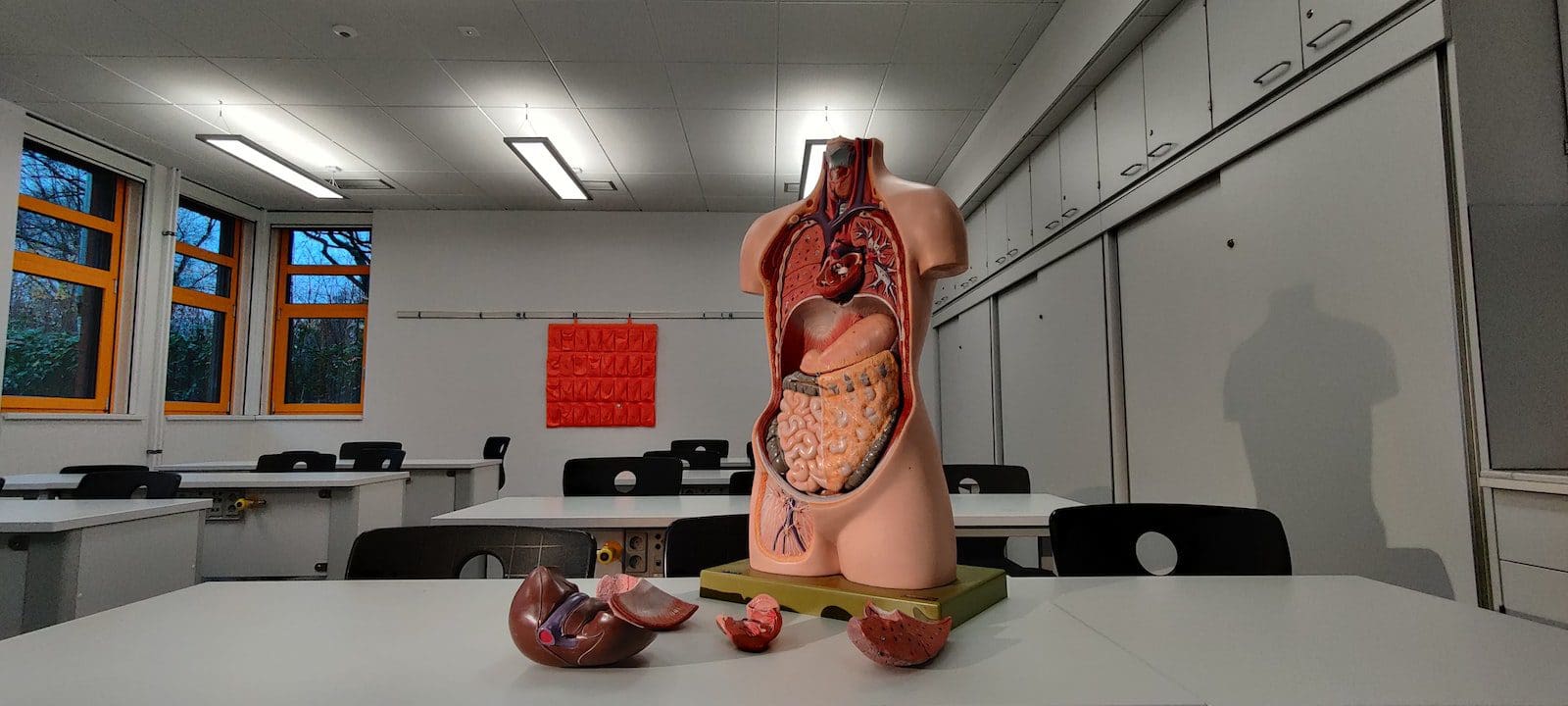Any living organism can be represented easily by the structure of body parts and their relevant functions. This can either be relevant to another or its own independence.
Physiology is another branch of biology that is the study of the functioning of body parts. This can be either independently or in association with another.
Key Takeaways
- Morphology is the study of the form and structure of living organisms, while physiology is the study of the function and processes of living organisms.
- Morphology involves studying the physical characteristics of living organisms, such as their size, shape, and color, while physiology deals with the chemical and biological processes that occur within these organisms.
- Morphology focuses on living organisms’ external and internal structures, while physiology focuses on how these structures work together to perform specific functions.
Morphology vs Physiology
The branch of biology that is related to the study of living beings’ structures is called morphology. There are three different types of morphology. The study of the functionality of the organs is called physiology. The study of chemical reactions is also included in physiology. It also includes the study of the digestive system.

In biology, there are several different branches. One is morphology, which is the study of organisms externally and internally with the study of their functioning.
The term physiology comes from an ancient Greek word, ‘ physio’, which means life and logos in Greek means science.
Comparison Table
| Parameters of comparison | Morphology | Physiology |
|---|---|---|
| Relation with science | Study of structures and shapes of living organisms. | Study of functions of organs and their different functions. |
| Classification | It is classified as molecular and gross. | It is classified as systematic. |
| Chemical reactions | There is no chemical reaction involved in morphology. | There is some chemical reaction in physiology. |
| Physical principles | There are no physical principles in it. | It includes physical principles and is run on them sometimes. |
| DNA evaluation | Evaluation DNA takes place in morphology. | There is no DNA evaluation in it. |
What is Morphology?
Morphology is a branch of biology that includes the study of the structures and shapes of living organisms. It is categorized into three different forms.
The study that includes comparative morphology helps ascertain the origin of different organisms’ evolution. The other one is functional morphology which is the study of functions of every structure or various different organs of organisms.
Gross morphology gives the description of overall and all the structure of an organism, while molecular one is the description of arrangements of the genes that are present in the DNA.

What is Physiology?
Physiology is another branch of biology that is the study of the functioning of body parts. This can be either independently or in association with another.
The term physiology comes from an ancient Greek word, ‘ physio’, which means life and logos in Greek means science.
Physiology is the study of different systems of an organism, like the respiratory system, digestive system, renal system, endocrinology, study of hormones, the neuromuscular system, and many others, and all this falls under the study of physiology.

Main Differences Between Morphology and Physiology
- There are no physical principles in the study of morphology, while physiology includes physical principles and is run on them sometimes.
- Evaluation of DNA takes place in morphology, but there is no DNA evaluation in physiology.

- https://books.google.com/books?hl=en&lr=&id=bolGMMyZVjMC&oi=fnd&pg=PT5&dq=what+is+morphology&ots=6FwQLw61jj&sig=CVEhU68lLCYUs71g7IGdDBHtBDQ
- https://www.uvic.ca/engineering/ece/assets/docs/current/undergraduate/202005/bme201.pdf

The exploration of both morphology and physiology serves as an educational tool, fostering a deeper understanding of the natural world and the complexities inherent in living organisms.
The detailed examination of morphology and physiology provides an invaluable resource for anyone looking to comprehend the intricate workings of living organisms within the realm of biology and life sciences.
The detailed analyses of morphology and physiology offer an enlightening perspective on how different aspects of living organisms influence the broader scientific landscape.
The elucidation of morphology and physiology underscores the interconnected nature of life sciences and how they contribute to our understanding of the natural world.
The comparison of morphology and physiology helps establish a foundational understanding of how organisms’ form and function contribute to the field of biology.
Understanding the core differences between morphology and physiology is crucial for aspiring biologists and life scientists to gain a holistic perspective of the subject.
The weel explanation on the difference between morphology and physiology allows us to understand how these two branches of science are directly related and yet unique in their purpose.
The comparison table is particularly helpful in highlighting the distinct characteristics of morphology and physiology, making it easier to comprehend.
Both morphology and physiology play an integral role in the understanding of living organisms by focusing on different aspects of their makeup and function.
The study of the physical and biological aspects of living beings helps researchers and students grasp the complexities of life forms and their inner workings.
This article provides a comprehensive overview of the key differences between morphology and physiology, shedding light on the unique contributions of each to the field of biology.
The comprehensive overview of morphology and physiology provides an insightful portrayal of the essential roles these areas play in the study of biology and living organisms.
The detailed comparison of morphology and physiology elucidates their distinct contributions to the understanding of life sciences, allowing for a more profound understanding of living organisms.
The delineation of morphology and physiology highlights their unique significance in unraveling the intricacies of life forms and deepening our knowledge of biological sciences.
The in-depth exploration of the base principles and key differences between morphology and physiology offers a comprehensive view of the biology and life science domains.
The detailed delineation of morphology and physiology underlines the importance of these branches in deciphering the complexities of living organisms and their critical functions.
This thorough examination of the distinct characteristics of morphology and physiology enables readers to develop a profound understanding of how these areas contribute to the broader scientific landscape.
The extensive explanations of morphology and physiology give a clear understanding of the importance of these areas in studying life sciences and biology.
The detailed information on the evaluation and classification of morphology and physiology is essential for anyone delving into the world of biology and life sciences.
The comprehensive breakdown of the main differences between morphology and physiology provides valuable insight into the biological sciences and their interconnected nature.
The detailed explanations of the roles of morphology and physiology offer a captivating insight into the underlying mechanisms of these complex systems.
Comprehending the intricate details of morphology and physiology allows individuals to appreciate the depth and complexities behind the study of living organisms and scientific exploration.
This insightful comparison provides a comprehensive foundation for understanding the unique contributions of morphology and physiology to the broader field of biology and scientific discovery.
The detailed dissection of the roles and relevance of morphology and physiology illuminates the diverse yet interlinked nature of scientific research and exploration.